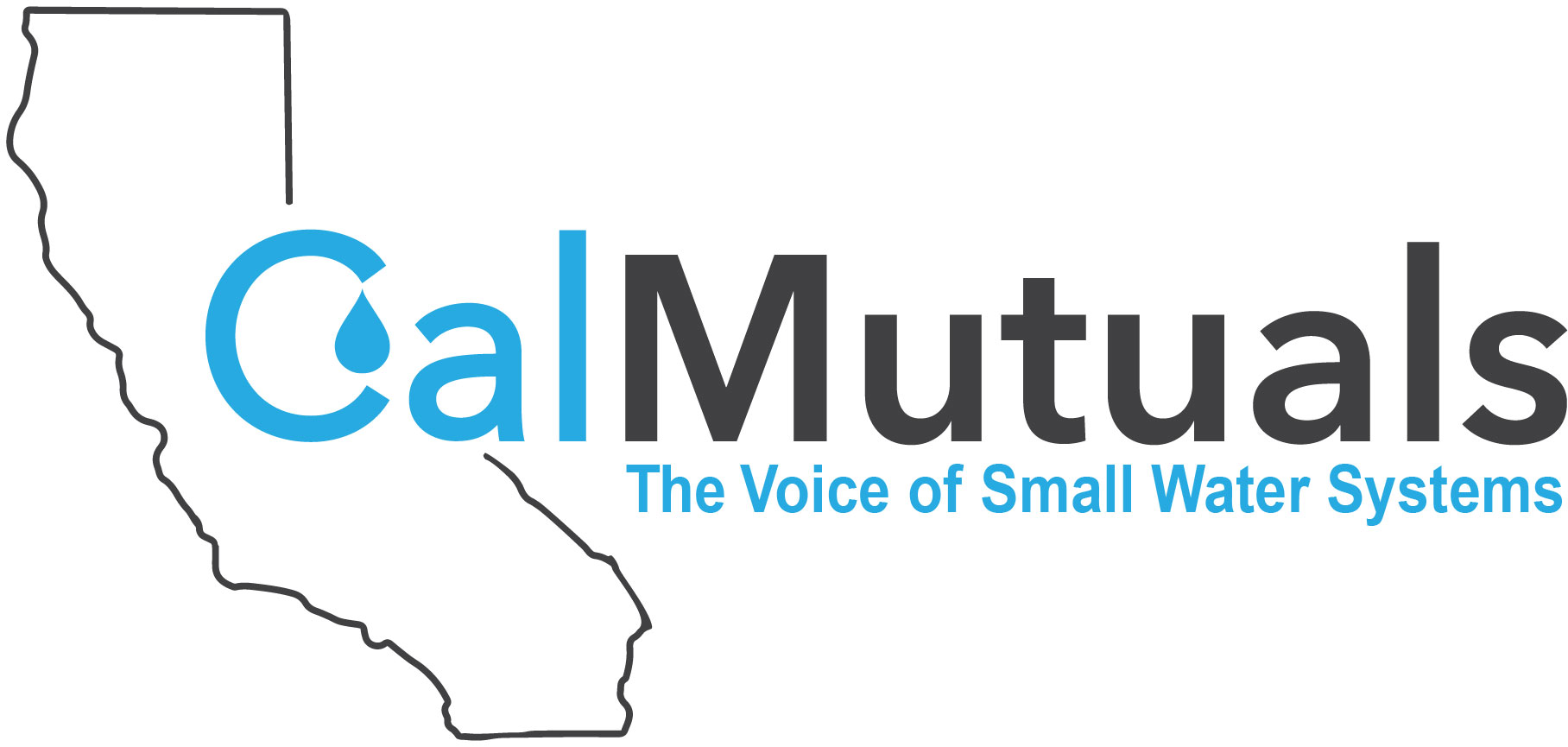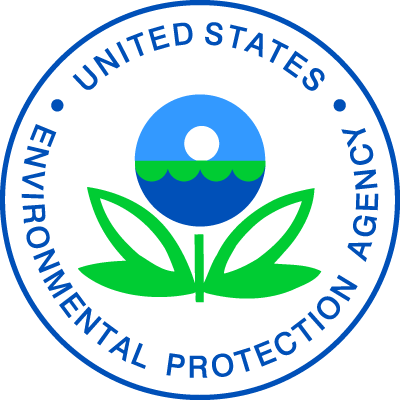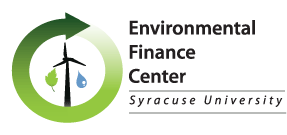Save a seat by August 20th for discounted rates! To view the program page and get more information or sign up now visit AWWA's website here. Lock in your discounted AWWA Virtual Summit attendance by August 20th for your chance to save and connect virtually with your peers, the water community and celebrated presenters like our opening general session speaker, Dr. Hakeem Oluseyi. The current global pandemic has taken us all on an unlikely journey – one that has presented the water sector with a variety of challenges, while bringing with it some unexpected silver linings. Keynote speaker, Dr. Hakeem Oluseyi, is no stranger to making the most of challenges. At a young age, he discovered a love of science and space that was inspired by his role model, Albert Einstein. Today, as a world-renowned astrophysicist and the former Space Science Education Lead at NASA, Hakeem inspires audiences around the world to chase impossible dreams, fight for what they want, refuse to listen to naysayers, and reach out and lend a hand up to those around them. His background and focus makes a cosmic connection to the value of water and water professionals and the silver linings that […]



